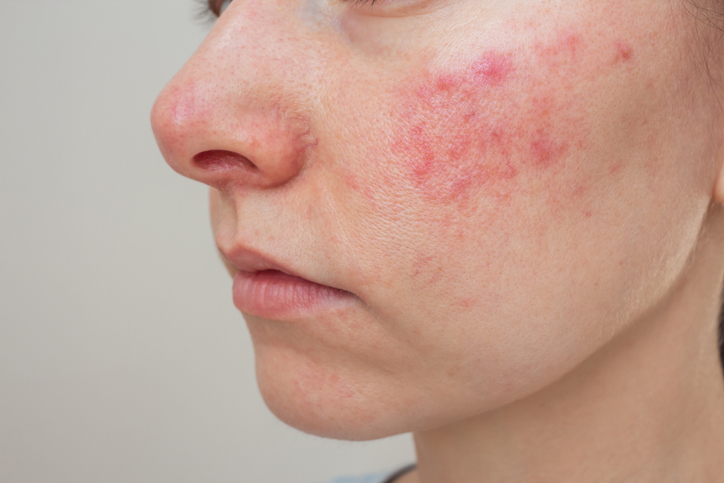
What is the difference between eczema, dermatitis and psoriasis?
Worried you have eczema, dermatitis, or psoriasis? We talk symptoms, causes, triggers, and treatments for these common causes of itchy skin.
Dr Michael Rich is a specialist dermatologist who has been performing tumescent liposuction for over 30 years. Find out if Liposuction is suitable for you at ENRICH Clinic.
At ENRICH Clinic, we have a wide range of dermatological and cosmetic body treatments tailored to individual body and patient needs.
At ENRICH Clinic, our treatments are performed by our medical team consisting of doctors, nurses, and dermatologists and are tailored to each patient’s skin health needs.
ENRICH Clinic is committed to your skin health and well-being with a range of dermatological & cosmetic treatments tailored to the individual. Our treatments are performed by our medical team consisting of doctors, nurses, and dermatologists.
Skin health is essential for everyone. ENRICH Clinic has a wide range of technologies and dermatological solutions to help you achieve your skin care goals.
Psoriasis is a chronic autoimmune, inflammatory skin condition whereby the keratinocytes in the skin proliferate, causing scaly skin. Put simply; psoriasis causes the body to produce new skin cells in days rather than weeks. These cells accumulate on the skin’s surface, producing thick and scaly patches that can be itchy, red and uncomfortable.
Without treatment, psoriasis symptoms can worsen, leading to other complications, such as psoriatic arthritis, heart disease and diabetes. We’re not sure why psoriasis occurs or how to completely cure the condition, but we have some strategies for keeping psoriasis in check.
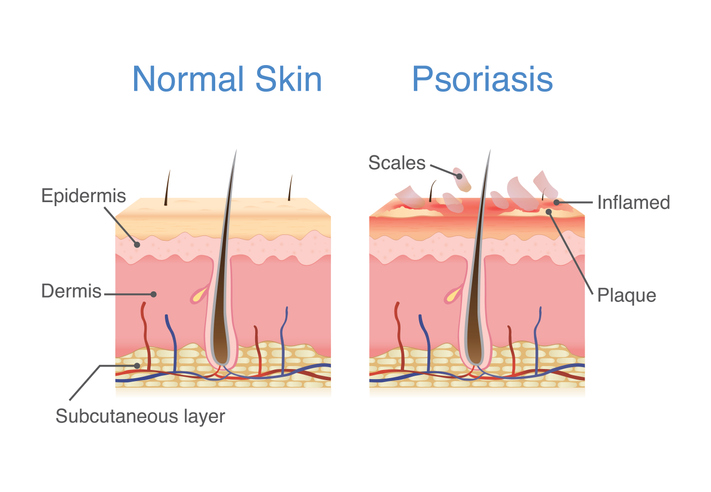
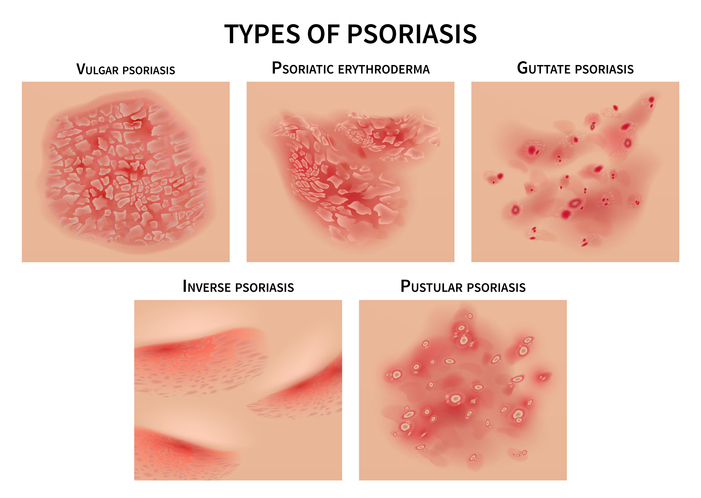
There are several types of psoriasis, each of which varies in its signs and symptoms: *
This is the most common type of psoriasis. Plaque psoriasis causes dry, itchy, raised skin patches (plaques) covered with scales. These patches usually appear on the elbows, knees, lower back and scalp and can vary in quantity, from a small patch to many or large spots. The patches also vary in colour, which usually depends on the individual’s skin colour. Post healing, the affected skin may have a temporary colour change (post-inflammatory hyperpigmentation), which can occur more often with darker skin.
Psoriasis can affect fingernails and toenails, causing pitting, abnormal nail growth and discolouration. Psoriatic nails might loosen and separate from the nail bed (onycholysis). Severe disease may cause the nail to crumble.
Guttate psoriasis primarily affects young adults and children. It’s usually triggered by a bacterial infection such as strep throat. It’s marked by small, drop-shaped, scaling spots on the trunk, arms or legs.
Inverse psoriasis mainly affects the skin folds of the groin, buttocks and breasts. It causes smooth patches of inflamed skin that worsen with friction and sweating. Fungal infections can be a trigger for this type of psoriasis.
Pustular psoriasis is a rare type of psoriasis. It presents with clearly defined pus-filled blisters. This type of psoriasis can occur in widespread patches or, most commonly, on small areas of the palms or soles.
The least common type of psoriasis, erythrodermic psoriasis, can cover the entire body with a peeling rash that can itch or burn intensely. In people of colour, a rash may present as purple or grey. It can be both short-lived (acute) or long-term (chronic).
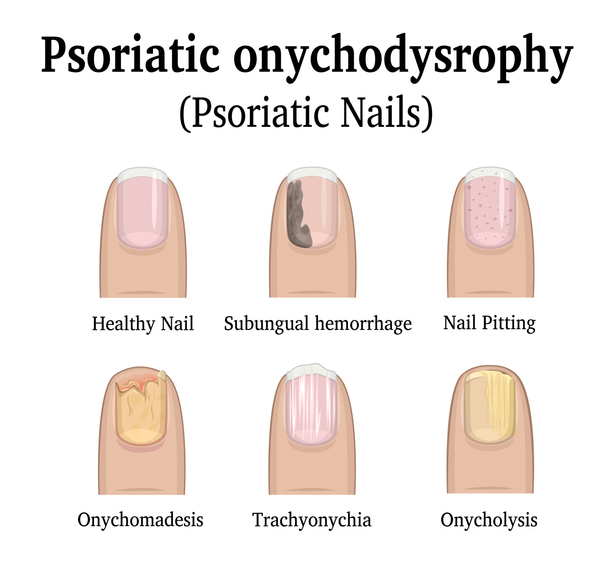
Psoriasis treatment is typically multifactorial and can involve topical preparations, light therapy, stress management, and possibly medication.
Restoring the skin’s barrier function is the primary focus in treating psoriasis lesions on the skin, so creams that work to this effect are employed. The simplest treatments for psoriasis are daily sunshine on the skin, topical moisturisers and relaxation. Applying moisturiser immediately after bathing helps trap moisture in the skin, and Vaseline or other petroleum jelly products can also act as a barrier.
Tar preparations can also be helpful, particularly in conjunction with corticosteroids. There are a handful of useful ingredients that your dermatologist will explain to you and offer as it seems appropriate to your case. Itching can be managed with oatmeal baths. Tar preparations are beneficial for scalp psoriasis.
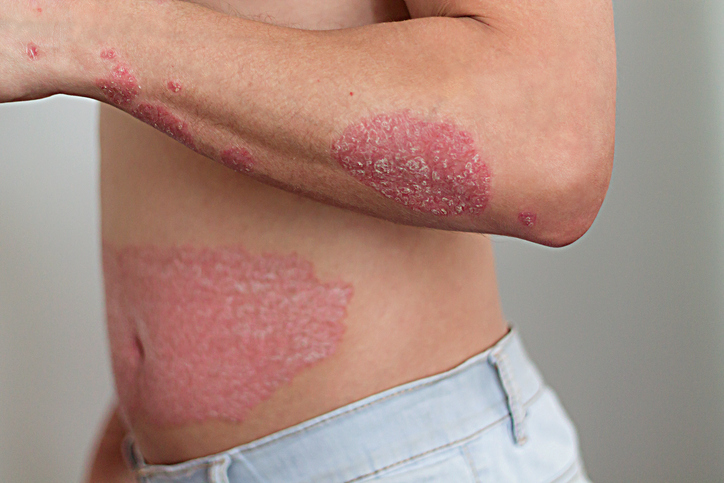
UV light – mostly narrow-band UVB – has been found to be helpful, with psoralen and UVB (PUVA) also still used. Sun exposure can also help clear psoriasis, and many people with mild psoriasis can find it clearing during the summer months. However, with sun exposure also comes the risk of skin cancer and premature aging, so sunscreen is imperative.
Topical steroids are also an option and are available in various strengths and formulations. They are useful in treating most types of psoriasis, with the exception of nail psoriasis.
Severe psoriasis can be treated with medications such as retinoids, methotrexate, and other strong drugs. They all come with some side effects, but some of these medicines can effectively manage psoriasis symptoms over the long term. There is often a bit of a trade-off, but the relief of symptoms is usually paramount.
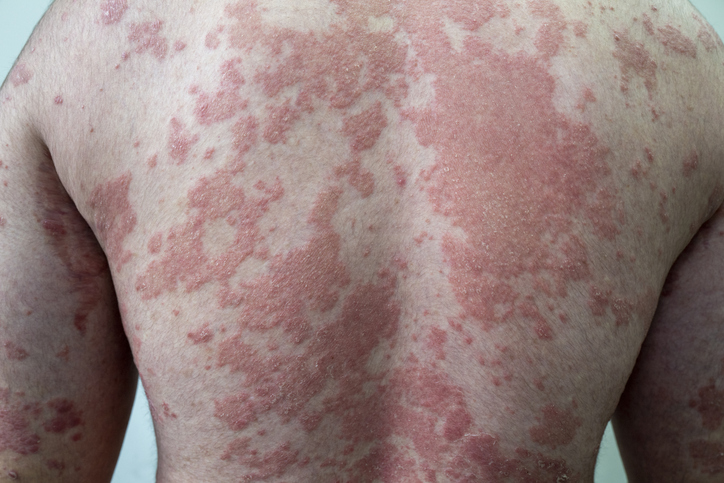
Systemic (oral or injectable) medication may be required to treat psoriasis when:
This group of drugs often have properties that include :
Some can be taken long term, and some are only short term. The appropriate medication selection is specific to each patient, as each agent carries its own risks and benefits. These medications are given strictly under specialist supervision.
Biological therapies or biologics are used for moderate-to-severe psoriasis that has failed on topical and systemic treatment options. Biologics are defined as monoclonal antibodies or recombinant proteins targeted at specific components of the immune system.
Biologics are often very effective treatments for psoriasis; however, there are some risks and possible barriers, including
Each available biologic has individual risks and benefits, and some oral biologics are currently in development and at the clinical trial phase.
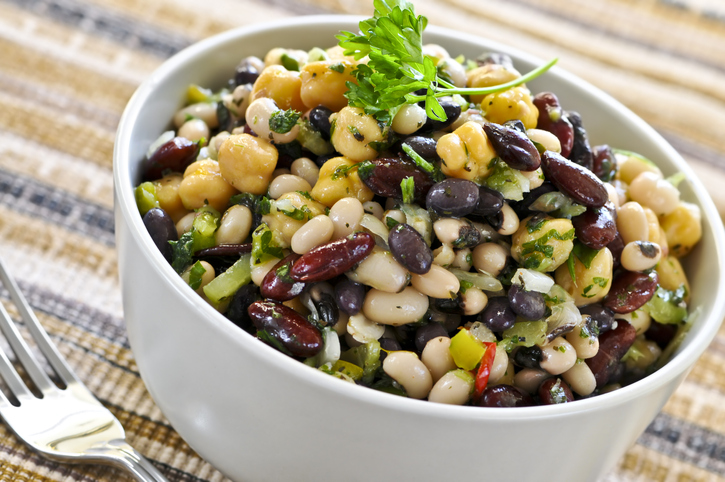
Weight loss can help with psoriasis. Other dietary interventions remain inconclusive, for example, being gluten-free. Diet plays a role in our overall health and well-being, so eating a healthy diet (such as the Mediterranean diet) remains essential.
Studies have shown that sugars, red meat, alcohol and a diet high in saturated fat can aggravate psoriasis. Whereas a diet high in beans, legumes, soybeans have been have a beneficial effect.
Food intolerances are understood to play an exacerbating role in some skin conditions, so using diet changes to experiment with your symptoms is a great idea. Visit a practitioner who specialises in this type of diet management, such as a clinical nutritionist or specialist clinic. Your dermatologist will have some recommendations.
Supplements that have proven helpful in psoriasis include fish oils and vitamin D, both of which act as anti-inflammatory agents.
A 2018 study in the USA found that intense physical activity might help decrease the prevalence of psoriasis. It also indicated that exercise may also benefit a person’s mental health linked to the diagnosis of psoriasis and the impact on quality of life.
It has long been understood that an active lifestyle can aid in the aliaition of some psoriasis symptoms. Being active is better for most people for general health and well-being, so healthy exercise and activity levels are recommended.
Children might have a distinct look to their psoriasis compared to adults, and it may be misdiagnosed as another skin condition.
Babies in nappies may have what’s known as napkin psoriasis, which could be confused for irritant dermatitis or an infection. Guttate psoriasis – the type of psoriasis that appears as small pink scaly bumps on the skin (gutta means drop in Latin) – is often associated with strep infections in children and is more common in children than adults.
Psoriasis is complicated. It seems to be an inflammatory immune response that causes skin cells to replicate too quickly, resulting in thick, scaly plaques on the skin. It is estimated that about a third of all psoriasis appears in children, with incidence increasing.
Treatments for psoriasis in children include topical steroids and light therapies.
We treat children & adults with psoriasis at ENRICH clinic.
Call us on 03 9500 9500 or fill out an enquiry form to book a consult.
*With all surgeries or procedures, there are risks. Consult your physician (GP) before undertaking any surgical or cosmetic procedure. Please read the consent forms carefully and be informed about every aspect of your treatment. Surgeries such as liposuction have a mandatory seven-day cooling-off period to give patients adequate time to be sure of their surgery choice. Results may also vary from person to person due to many factors, including the individual’s genetics, diet and exercise. Before and after photos are only relevant to the patient in the photo and do not necessarily reflect the results other patients may experience. Ask questions. Our team of dermatologists, doctors and nurses are here to help you with any of your queries. This page is not advice and is intended to be informational only. We endeavour to keep all our information up to date; however, this site is intended as a guide and not a definitive information portal or in any way constitutes medical advice.
"*" indicates required fields

Worried you have eczema, dermatitis, or psoriasis? We talk symptoms, causes, triggers, and treatments for these common causes of itchy skin.
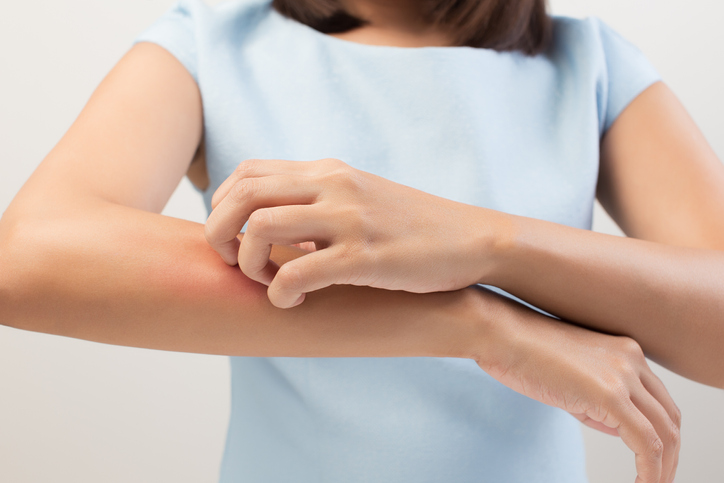
Suddenly dealing with itchy skin? We’ll talk about the common causes and how to find relief.

Dermatitis and psoriasis are the two most commonly seen skin conditions, but they are often mistaken for one another due to their overlapping symptoms.
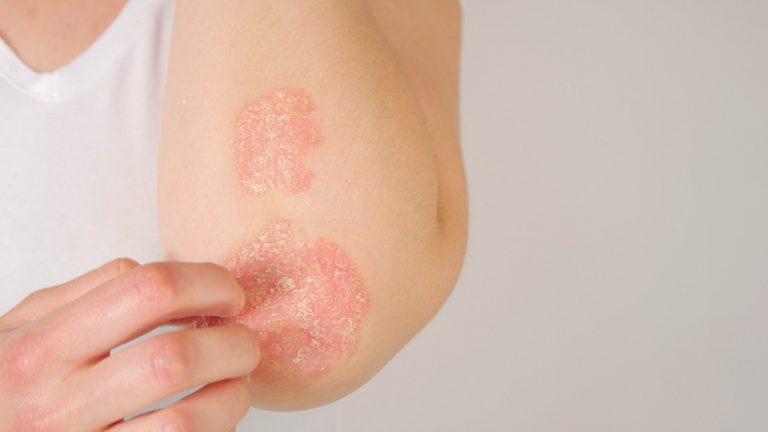
It is a common disease with no cure and can interfere with daily life. It can also be very painful. The good news, though, is there are treatments and lifestyle choices that can help you manage psoriasis.
Subscribe to the ENRICH newsletter and receive latest news & updates from our team.
Enrich Clinic acknowledges the Traditional Lands of the Wurundjeri Woi Wurrung and Bunurong peoples of the East Kulin Nations on which we work and trade. We pay respect to their Elders past, present and emerging. We extend our acknowledgement and respect to the LGBTQIA+ community who we welcome and support. Read our full Acknowledgement Statement here
